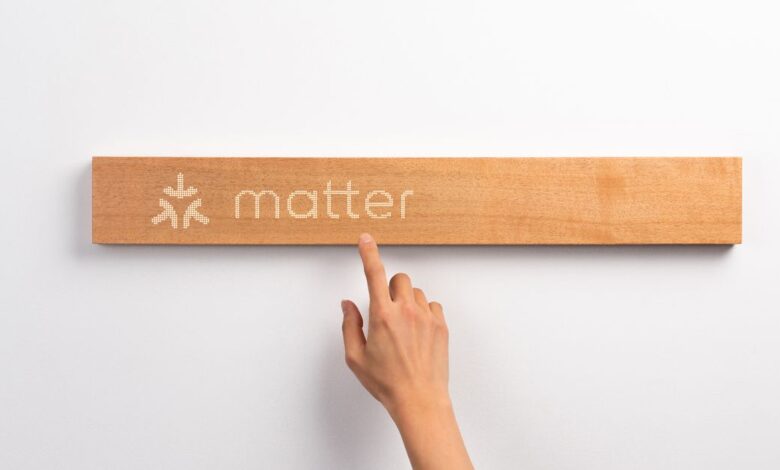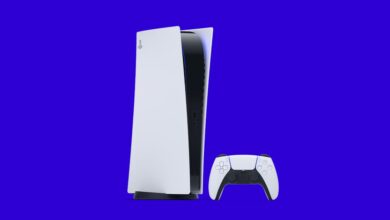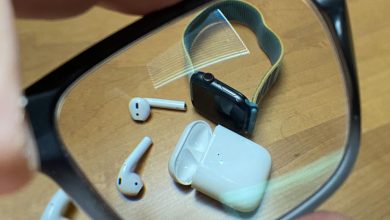The new Mui Board Second Gen is a smart home controller that doesn’t look like a smart home controller

The smart home has had an interface challenge that goes back to its earliest days with The Clapper. When it comes to simple things, such as turning on your smart lights or adjusting the temperature in your home, voice control can be cumbersome and erratic, smartphone apps are fiddly and distracting, and sensors are not smart enough (yet) to always get it right.
The smart home needs better control interfaces, and now that Matter is here, we may actually get them.
Take, for example, the Mui Board. First previewed in 2017, it’s a literal piece of wood that doubles as a touch interface for controlling your home. The screenless, touch-sensitive, wooden display uses LED lights to show information such as the time, weather, or messages and controls for connected devices such as lighting, HVAC, and speakers. When it’s not in use, it’s just a piece of wood — not a digital photo frame, or a sneaky advertising platform, or a bright, attention-grabbing display.
But the original Mui Board has never been really available for consumers to buy, and it was limited in its integrations, relying mostly on IFTTT. Late last year, Mui Labs revealed the Mui Board Second Gen — adding Matter compatibility (I got to try it out at the Matter launch event in Amsterdam). This week, at CES 2023, the company will be showcasing its capabilities as a connected controller using Matter, and spokesperson Akiko Moriguchi told The Verge that pre-orders for the new Mui Board will begin this June through Kickstarter for $599. Devices should ship in November.
One reason Mui Labs is able to move more quickly from concept to production this time is Matter. The new smart home interoperability standard means the company no longer has to spend time and money building integrations with each platform. It can work with everyone at a basic level, making it more appealing both to consumers and to the third-party device makers it is hoping to market its “Calm Technology” experience to.
This is a step toward the ambient smart home big tech companies have been touting for a while now (without having delivered on it). To move beyond the audience of early adopters — for whom the smart home is really more an extension of their love for programming, tinkering, and troubleshooting tech — and gain mass appeal, the smart home needs these more ambient experiences.
Ultimately, the ambient smart home will be one that correctly anticipates when to turn the lights on, so you don’t have to lift a finger. But ambient interfaces will be key, too. We will always want control. Touching a wooden panel to turn your lights down, close your curtains, and start your sleep sounds playing is much less intrusive than issuing a voice command, or pulling out your phone and opening an app, or putting bright touchscreens in every room.
Of course, a piece of wood isn’t the only unobtrusive interface that can provide the amount of context and control the smart home needs. Projectors have been predicted to become part of smart home control. A screen that easily appears when needed and disappears when not makes a lot of sense for smart home control, especially in the kitchen or bathroom where there’s plenty of counter space to use as an interface. Amazon’s Glow, despite its failure, was a good example of how easy projectors are to use (it was targeted at 5-year-olds). Bosch showed off a great kitchen projector at CES 2019.
And there will likely be more innovation. Now that Matter is solving the challenge of how devices communicate with each other, it should be easier for companies to develop more intuitive, frictionless ways to control those devices.
Source link






